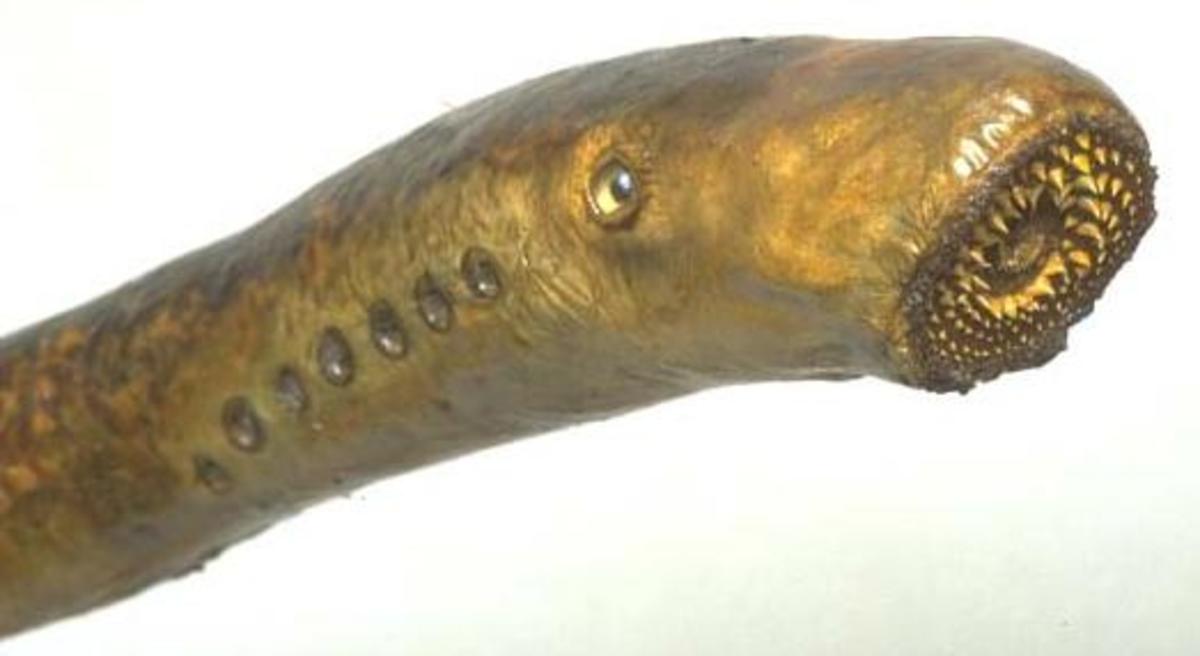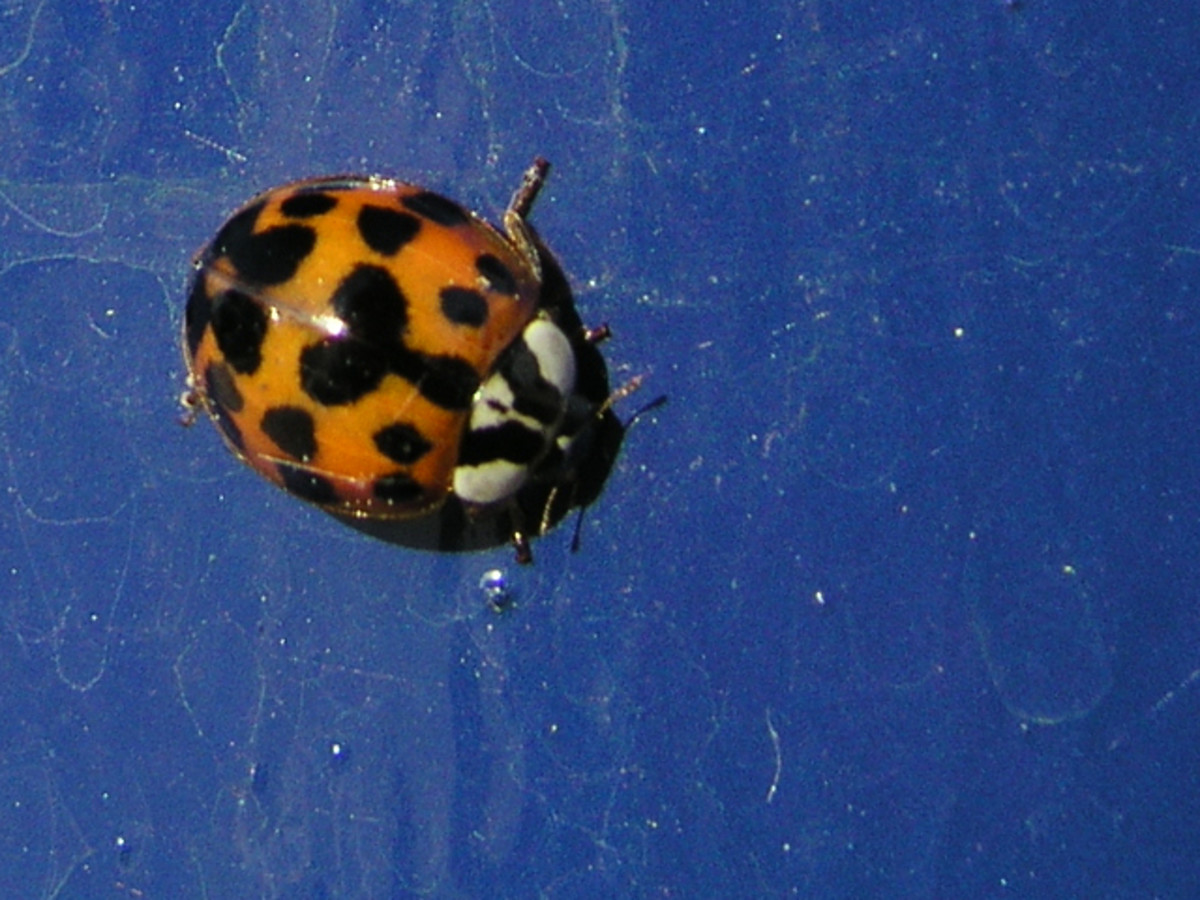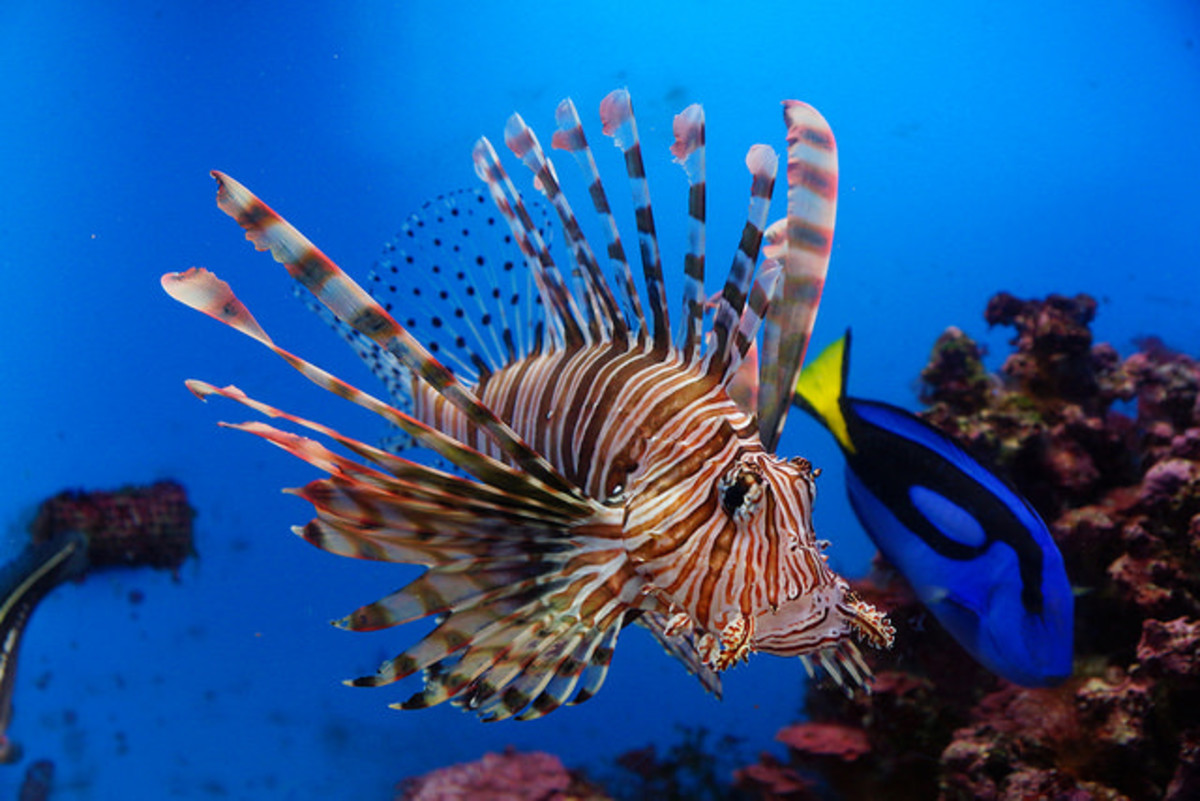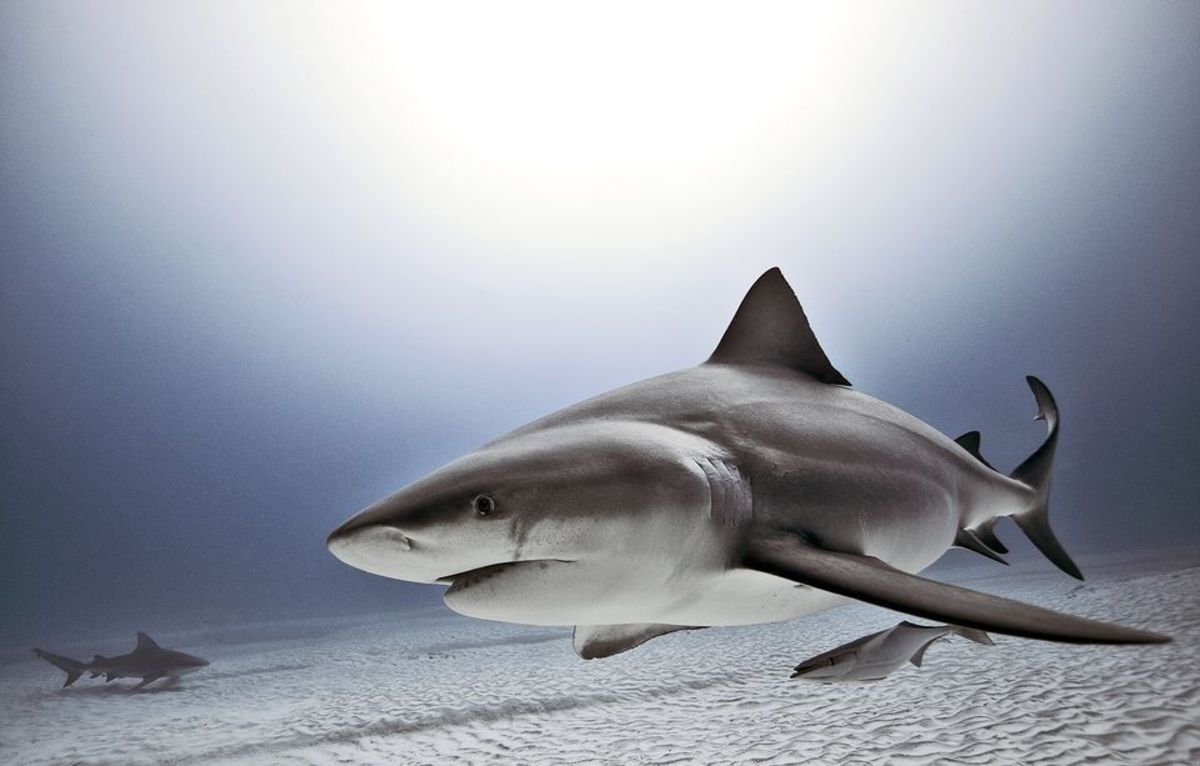- HubPages»
- Education and Science»
- Life Sciences»
- Marine Biology
Aquatic Invasive Species
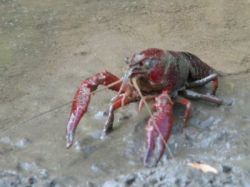
Invasive Species - Fish, Crayfish, Mussels, Aquatic Plants
This page has basic information about aquatic invasive species of North America. Invasive species of the region include sea lampreys, Asian carp, snakehead fish, zebra mussels, crayfish and many others.
Invasive species are among the primary factors that have led to the decline of native fish and wildlife populations in the United States and Canada. They continue to be one of the most significant natural resource management challenges.
In the USA, more than 500 invasive species have been found in such places as San Francisco Bay, Puget Sound, the Chesapeake Bay, Mississippi River and the Great Lakes.
A paper published in 2005 in the journal Ecological Economics estimated the cost of invasive species impacts to be approximately $120 billion each year in the United States.
How to Stop the Spread of Invasive Species
Fishermen, boaters and nature lovers can help stop the spread of invasive species by following a few simple guidelines:
Anglers should clean their gear between streams or outings to prevent moving around unwanted invaders like didymo and whirling disease. Boots and other gear can be washed down with dish soap, a 5% salt solution or cleaned at wader wash stations at some locations.
Boats should also be cleaned and inspected before moving between waterways. Boats and other craft can transport species such as zebra mussels, mud snails and other pests. Dont forget to clean out bulges, livewells and other areas where invasive species can hide.
Fishermen should never release unwanted live bait or aquatic plants into lakes, rivers or ponds. Some species of bait are actually considered to be invasive species and can have detrimental impacts on local environments.
Zebra Mussels
Originally native to the lakes of southeast Russia this invasive species has spread to many different countries. The zebra mussel gets its name from a striped pattern on the shell. Size can vary from smaller than a dime to nearly two inches.
The life span of a zebra mussel is about five years and the females may produce at a staggering rate after merely two years. One female may generate anywhere from 30,000 to one million eggs in a year. The eggs do provide food and a few species have benefited from the presence of this invasive species.
The zebra mussel filters food from the water and adheres itself to any structure possible. It only takes a few years of solid reproduction before the hard shelled creatures cover almost any surface that touches the water. These tiny mollosks clog waterways, filters, valves, pumps, boats, docks and other structures.
Zebra mussels are one of the most damaging invasive species that affect North American waterways. According to Ken Salazar, Secretary of the Interior: "Zebra Mussels.threaten our Nation's natural resources, water delivery systems, hydroelectric facilities, agriculture, and recreational boating and fishing."
The spread of zebra and quagga mussels across the West brings the potential to extend devastating impacts into a geographic area already challenged with severe water-related problems.
Invasive Species Books
Aquatic and Marine Links
Visit these links for regional invasive species news, aquatic art, and more.
- Freshwater Fishing News
Freshwater Fishing News offers fishing news, events, species profiles, photos, art and other information. - Annual National Invasive Species Awareness Week
A week of activities, briefings, and events to highlight what is being done across the nation and around the world to stop and slow the spread of invasive species. - 100 of the World's Worst Invasive Alien Species
Global Invasive Species Database - 100 of the World's Worst Invasive Alien Species
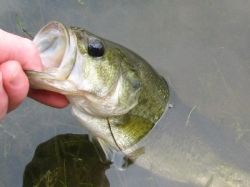
Invasive Largemouth Bass
Largemouth bass are the most popular freshwater fish in North America. Surprisingly, largemouth are not native to some parts of the continent.
After extensive stocking programs began in the 1800's these bass actually became an invasive species in some environments.
Largemouth bass have also been introduced in other countries. Ironically, Japanese fisheries officials consider it an invasive species even though one of the 2 fish that tie the all tackle world record for the species is a bass from Lake Biwa, Japan.
Invasive Carp
The introduction of common carp in North America led to negative environmental impacts and they are usually considered to be invasive species. Millions of dollars are spent each year by natural resource agencies to control common carp populations in the United States and Canada.
More recently, North America has experienced a new wave of invasive carp species. Blackhead, silver and bigeye carp are collectively called "Asian carp". In the 1970s, they were introduced by catfish to rid ponds of unwanted algae and plankton. Asian carp escaped into the Mississippi River in a 1993 flood and quickly established breeding populations in the waterway. Asian carp pose a serious threat to waterways such as the Mississippi and Great Lakes Region.
Introduced in the 1970s by southern catfish farmers, Asian Carp traveled north through U.S. waterways as far upstream as the Illinois River. To stop the further spread of these invasive carp, regulators have installed electric barriers to prevent further progression.
Silver carp are the most well known of the Asian carp. Silver carp can grow as large as 100 pounds. They are notorious for being easily frightened by boats and personal watercraft, which causes them to leap high into the air.
These fish can jump or otherwise propel themselves as much as 10 feet into the air which often results in injury to boaters. According to the EPA, "reported injuries include cuts from fins, black eyes, broken bones, back injuries, and concussions". Other species of Asian carp do not normally jump when frightened.
The Asian Carp Regional Coordinating Committee (ACRCC) is focused on preventing Asian carp from entering the Great Lakes through all possible pathways. One of the tools used in the effort is eDNA testing.
According to biologists, eDNA evidence cannot verify whether live Asian carp are present, whether the DNA may have come from a dead fish, or whether water containing Asian carp DNA may have been transported from other sources, such as bilge water.
New Zealand Mudsnails
The New Zealand Mudsnail (Potamopyrgus antipodarum) was first discovered in North America in 1987 in Idaho’s Snake River. The snail has since then spread to other waterways of western North America. Concentrations of snails can reach over 500,000 per square meter, choking the lower end of the food chain for many species.
Invasive Crayfish
Several species of crayfish are considered to be invasive species in North America.
Rusty crayfish are invasive crustaceans spreading to lakes, rivers, and streams in several areas of North America. They are more aggressive than other native crayfish, better able to avoid fish predation, and can harm native fish populations by eating their eggs and young. They can displace native crayfish, hybridize with them, and graze on and eliminate aquatic plants.
The red swamp crayfish (Procambarus clarkii), native to north-eastern Mexico and south-central USA, is one of the world’s most invasive species. The spread of P. clarkii throughout the world is attributed to introductions by humans. These amazing creatures are extremely versatile and multiply rapidly.
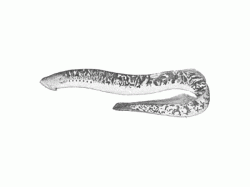
Sea Lampreys
The sea lamprey (Petromyzon marinus) is a parasitic lamprey found on the Atlantic coasts of North America and in the Great Lakes. The fish is brown or gray on its back and white or gray on the underside and can grow to be approximately 3 feet in length. Sea lampreys prey on a wide variety of fish. The lamprey uses its suction-cup like mouth to attach itself to the skin of a fish and rasps away tissue with its sharp probing tongue and teeth. Host fish die from excessive blood loss or infection.
Like salmon and other fish, The life cycle of sea lampreys is anadromous.The young are born in inland rivers, live in the ocean as adults, and return to the rivers to breed. Young lampreys bury in the mud and filter feed for several years. Eventually they metamorphosize into their parasitic form, migrating to the sea. After several years they become sexually mature and stop feeding. Sexually mature lampreys return to freshwater rivers and streams and spawn, after which they die.
Sea lampreys are considered a pest invasive species in the Great Lakes region, where they were responsible for the decline of several important fish species such as Atlantic salmon, lake trout, lake whitefish, chub, and lake herring.
There has been debate as to whether lampreys were native to Lake Ontario or whether it was introduced through the Erie Canal. Historians believe that improvements to the Welland Canal in 1919 allowed its spread from Lake Ontario to Lake Erie, Lake Michigan, Lake Huron, and Lake Superior. Sea lampreys decimated Great Lakes predatory fish populations in the 1930s and 1940s. Elimination of these predators allowed the alewife, another invasive species, to explode in population, having adverse effects on many native fish species.
Lamprey control efforts include electric current, chemical lampricides, and barriers. Efforts to reduce lamprey infestations have met with sporadic success. Control programs are carried out under the Great Lakes Fisheries Commission, a joint Canada-US body. Control efforts are executed by the Fisheries and Oceans Canada and the United States Fish and Wildlife Service.
National Invasive Species Awareness Week
National Invasive Species Awareness Week is held annually to inform Americans about invasive species.
The annual event includes a week of activities, briefings, and events to highlight what is being done across the nation and around the world to stop and slow the spread of invasive species.
For more information visit: www.nisaw.org.
Tilapia
Tilapia are one of the most popular food fish in the world. Despite their importance as a food fish, biologists recommend that the species not be released into the wild in North America.
Since tilapia are fast growing and eat up the surrounding zooplankton they can potentially be an invasive species when introduced into non-native environments.
Negative results of releasing tilapia can affect a environmental factors related to recreation, water quality, plant and animal diversity, and species abundance.
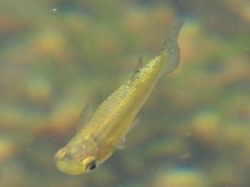
North American Mosquitofish Can Be Invasive Elsewhere
One of nature's smallest creatures is the centerpiece of a worldwide controversy. Mosquitofish are tiny freshwater fish that are native to North America. Mosquitofish are thought to be among the most widespread freshwater fish in the world, as a result of introduction as a biocontrol for mosquitoes and other pests.
Their introductions have been successful in temperate areas of both hemispheres and their range has been extended thru their own expansions. In Australia, these tiny insect eating fish are considered to be an invasive species.
Although mosquitofish are considered to be invasive and harmful in some countries, enthusiasts often hold these fish in high regard. They are popular among aquarists and are commonly stocked in garden pool and farm ponds. They are popular for their uncanny ability to control mosquitoes, their beauty and hardy nature.
Northern Snakehead
The Northern Snakehead is one of the most dangerous invasive fish. Snakeheads are known to eat almost any small animal or fish they encounter. They can travel across land and live out of water for three days. When introduced into natural freshwater ecosystems, they can cause serious damage to recreational and commercial fisheries.


